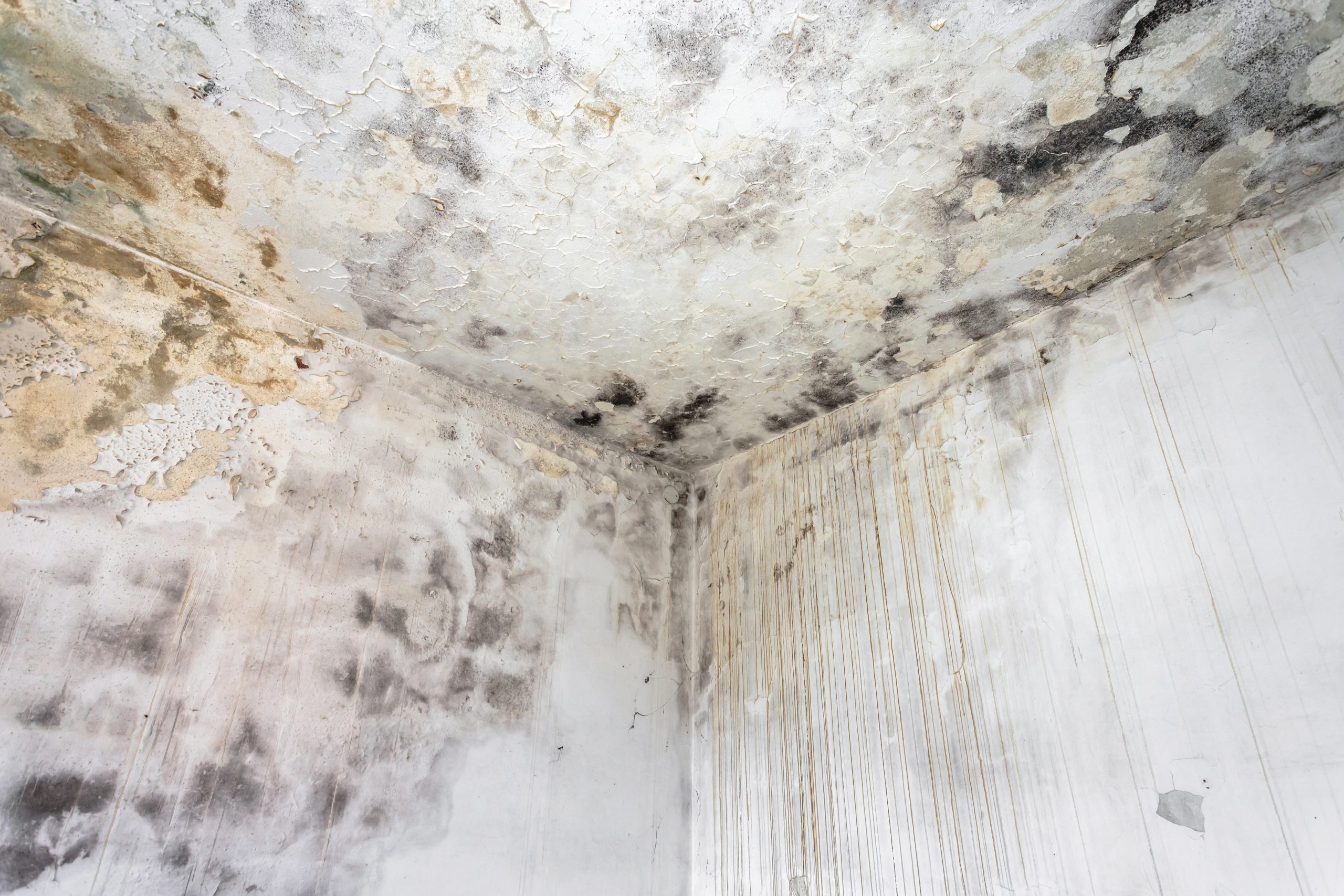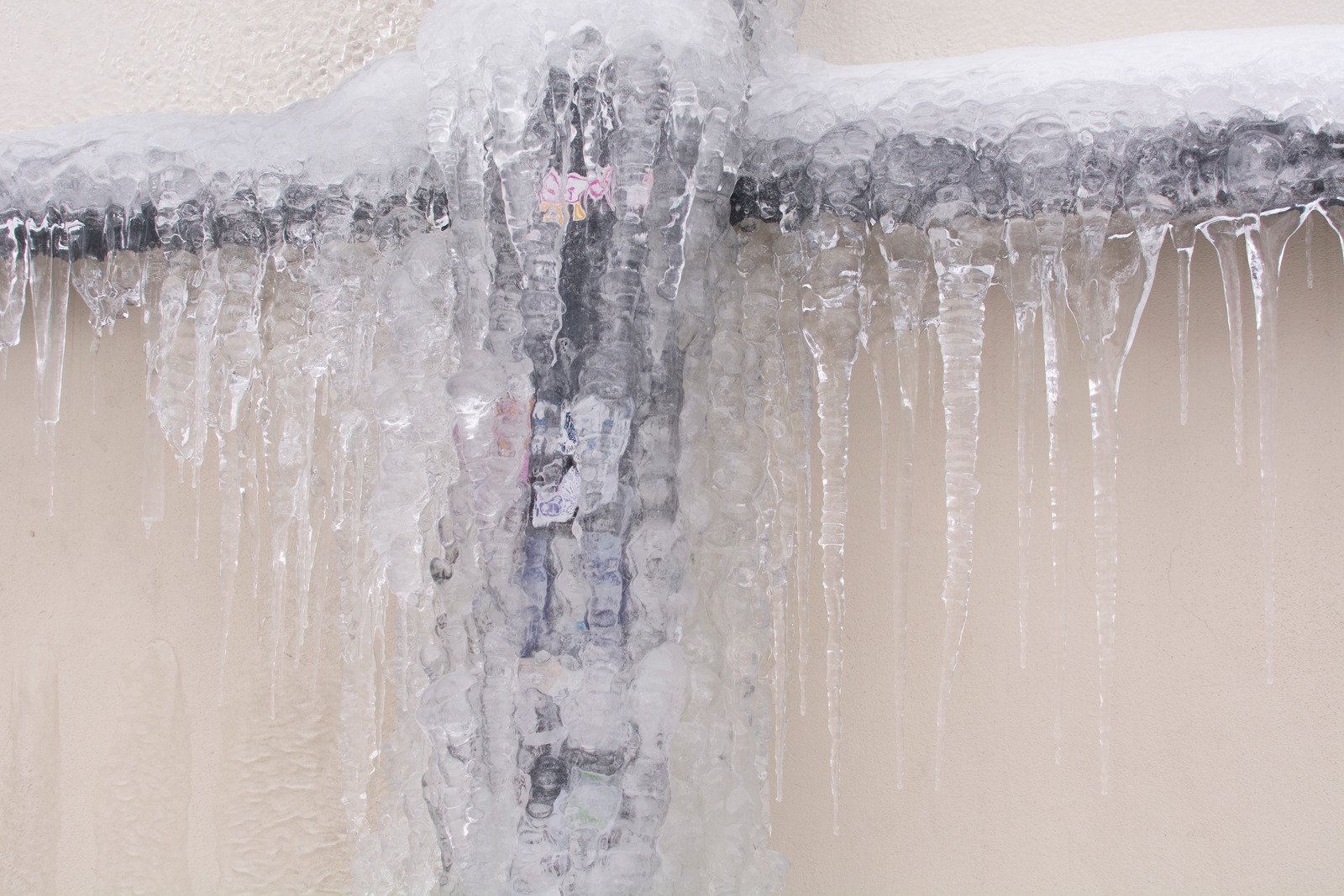If you find mold growing in your home, it is important to take action promptly to address the problem. Mold can cause serious health problems, such as allergies and respiratory issues, and can also damage the structure of your home. If you discover mold growing in your home, the first step is to identify the source of the problem and take the appropriate steps to eliminate it. This may involve fixing leaks, improving ventilation, or removing damp or wet materials.
Once the source of the mold has been addressed, you can then begin the process of cleaning and removing the mold from your home. This typically involves using specialized cleaning products, or in some cases, hiring a professional mold restoration company like Restoration 1 of Central Denver. By taking these steps, you can help protect your health and the integrity of your home. Let’s go over some of the actions you should take if you discover mold growing in your home.
What Causes Mold To Grow in Your Home?
First of all, let’s look at some of the reasons why mold can end up growing in your home. Mold grows in damp or wet environments, and can be caused by a variety of factors. One of the most common causes of mold growth in the home is excess moisture. This can be caused by leaks, spills, or flooding, as well as by high humidity levels. Poor ventilation can also contribute to mold growth, as can inadequate cleaning and maintenance.
In some cases, mold can also be caused by building materials or furnishings that are prone to mold growth, such as carpeting, drywall, or insulation. If you notice mold growing anywhere in your house, call Restoration 1 of Central Denver. We have excellent mold remediation services, and we offer plenty of other services as well, such as water and fire damage restoration.
The Most Common Types of Mold That Grow In Your Home
Mold is a type of fungus that can grow in your home. It can be found in a variety of colors, including green, black, orange, and white. Mold thrives in damp and humid environments, so it is often found in bathrooms, basements, and other areas of the home that have poor ventilation. Some common types of mold that grow in homes include black mold which is also called Stachybotrys, along with other types including Aspergillus and Cladosporium.
Aspergillus
Aspergillus is a type of mold that is commonly found in homes. It is typically found in damp and humid environments. Aspergillus can be found in a variety of colors, including green, white, and brown. It is a common cause of respiratory issues in people who are exposed to it, and it can also cause other health problems if it is ingested. If you suspect that you have an Aspergillus mold problem in your home, it is best to consult a professional restoration company like Restoration 1 of Central Denver for removal and remediation.
Cladosporium
Cladosporium, like Aspergillus, is typically found in damp, humid environments, such as bathrooms and basements. Cladosporium can be green, black, and brown in color. Like Aspergillus mold, it can cause respiratory problems for those who are exposed to it. You should regularly inspect your home for Cladosporium and take the necessary steps to prevent its growth. This can include purchasing a dehumidifier and increasing ventilation in your home. If you suspect that you have a Cladosporium mold problem in your home, you should consult with a professional right away. Restoration 1 of Central Denver provides the best restoration services, including top-notch mold removal in Denver. Call today for a free inspection!
Stachybotrys
Stachybotrys, also known as black mold, is distinctive because of its black or dark green color. Black mold is inarguably the most toxic mold you can find in your home. It thrives in damp environments and can cause a variety of health problems in people who are exposed to it. If you notice Stachybotrys growing in your home, you should call Restoration 1 of Central Denver right away. Do not try to get rid of this mold by yourself, as it should really be removed by a trained professional.
Less Common Molds That Can Grow in Your Home
In addition to the more common types of mold that can grow in your home, there are also some less common types that can be found. One example is Fusarium, which is typically found in damp environments and can cause infections in people with weakened immune systems. Another example is Trichoderma, which is often found on wood and can cause allergic reactions in some people. These types of mold are less common than Aspergillus, Cladosporium, and Stachybotrys, but they can still pose a health risk if they are present in your home.
What Health Problems Are Caused By Mold?
Exposure to mold can cause a variety of health problems, including respiratory issues, allergic reactions, and infections. Inhaling mold spores can lead to respiratory symptoms such as coughing, wheezing, and difficulty breathing. People who are allergic to mold may experience symptoms such as a runny nose, watery eyes, and skin irritation. In some cases, mold can cause infections in people with weakened immune systems. You should regularly inspect your home for mold and take the proper steps to prevent its growth in order to avoid these potential health issues.
Final Thoughts
If you are going to attempt to remedy mold growth in your home, you should always wear goggles, a mask, and gloves while cleaning it. To prevent its growth in the future, you’ll need to identify the source of the moisture that is allowing the mold to grow. This could be a leaky pipe, a damp basement, or another source of humidity in your home. If you’re having trouble finding the source of the moisture, call Restoration 1 of Central Denver. Our trained professionals will be able to find the source and deal with mold growth right away.








